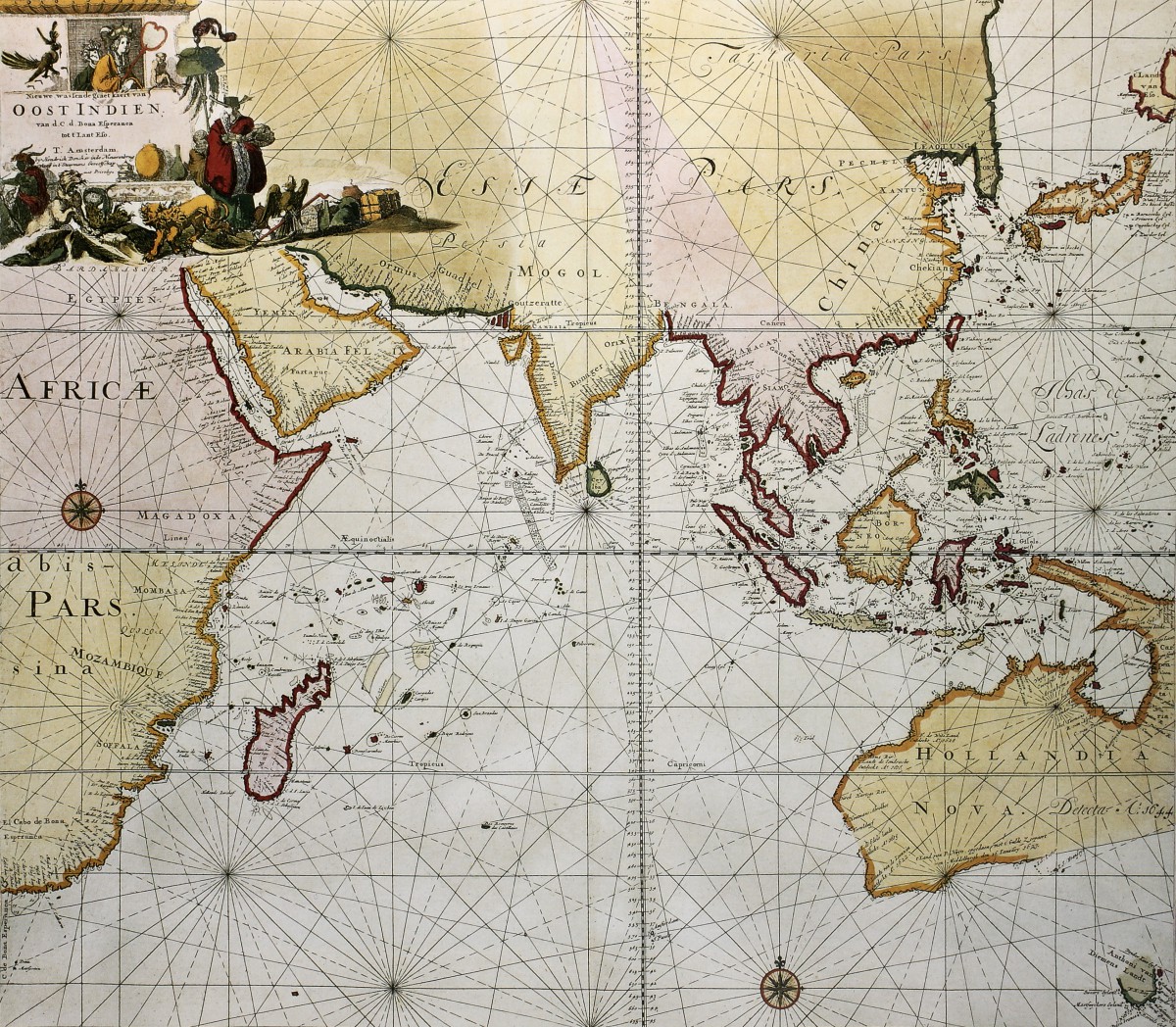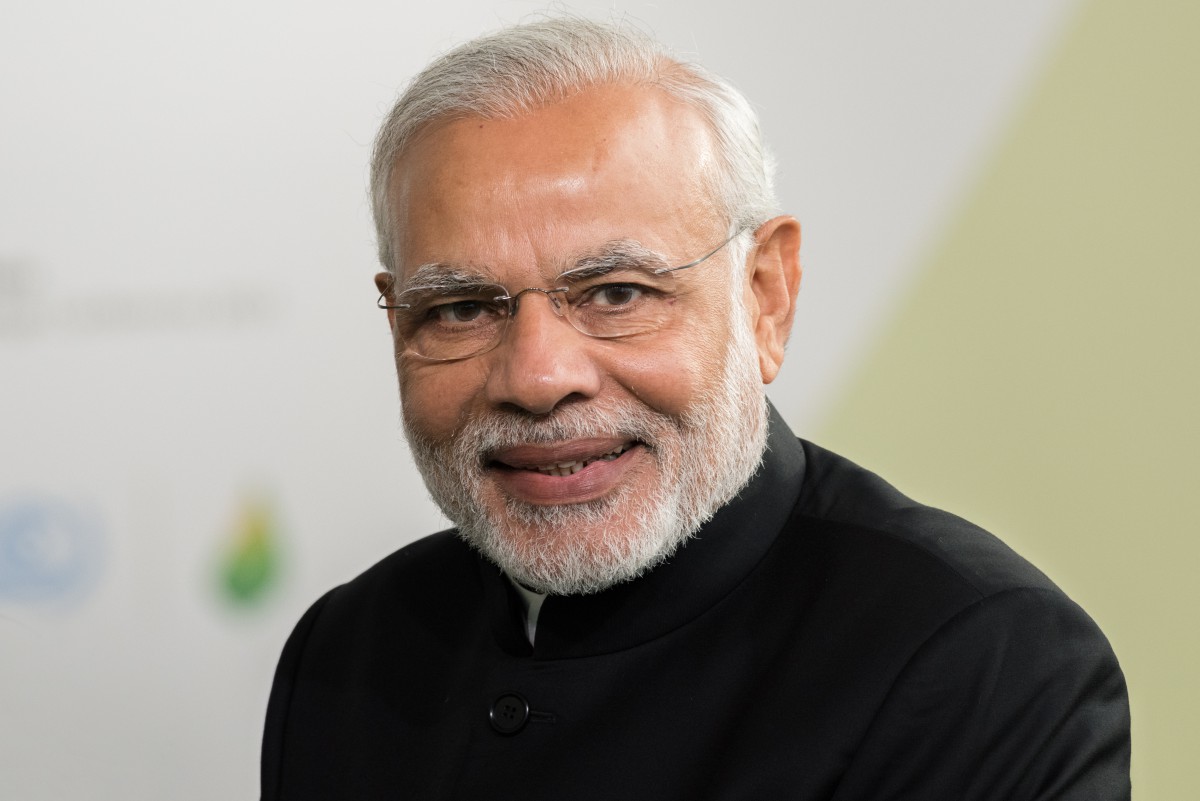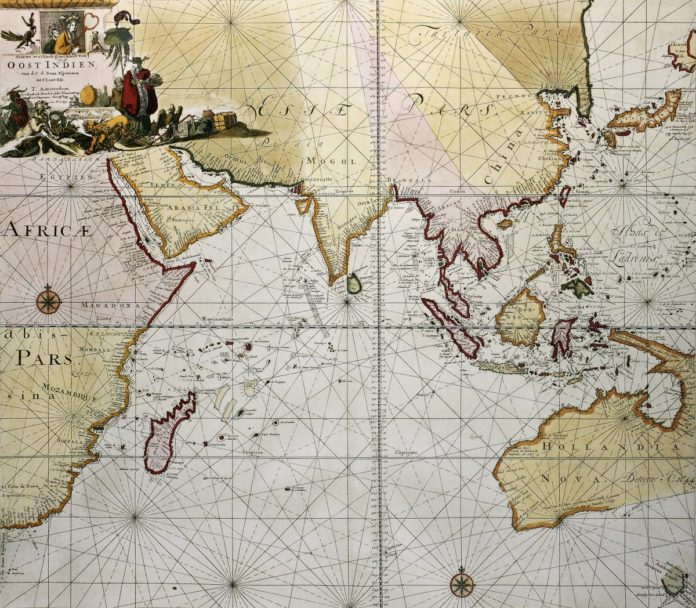FOREIGN POLICY prophets have long deliberated on the future of world order.
Some argued the 21st century would belong to China and result in a “Pacific Century”, others contended it would be an Asia-Pacific order, and some went on to claim that the future of world order would be decided in Eurasia.
Perhaps they all spoke too soon. A new space seems to have captured their imagination: the Indo-Pacific.
While the term itself is not novel, its application in contemporary international relations discourse has made it a subject of great interest among policymakers and media pundits alike. Commentators from New Delhi to Tokyo, and from to Canberra and Washington believe the term is here to stay.
For me, though, the jury is still out. Here’s why.
The Indo-Pacific – be it concept, strategy, or simple geography – still lacks a shared understanding among countries that reside in this vast super-region.
SEE ALSO: Is Russia looking to extend its influence in the Asia Pacific?
While the Indo-Pacific has made its way into the foreign policy lexicon of countries like Japan, the United States, India, and Australia, a closer look reveals that these countries have important differences in how they interpret the term and how it aligns with their foreign policy outlooks.
Let’s begin with Japan, the country that arguably breathed new life into the dormant concept by incorporating the Indo-Pacific as part of its official foreign policy nomenclature.
In his speech at the opening session of the Sixth Tokyo International Conference on African Development (TICAD VI), Prime Minister Shinzo Abe outlined Japan’s vision for a “Free and Open Indo-Pacific” (FOIP).

This 1705 map by Hendrick Doncker shows the Indian Ocean covering southern Asia, eastern Africa and west Australia. Source: Shutterstock
He remarked, “Japan bears the responsibility of fostering the confluence of the Pacific and Indian Oceans and of Asia and Africa into a place that values freedom, the rule of law, and the market economy, free from force or coercion, and making it prosperous.”
Abe not only presented external observers with an alternative to the Belt and Road Initiative (BRI), but also signalled Japan’s intention to take on a greater mantle of “responsibility” in the face of declining US leadership.
The FOIP not only represents continuity in Abe’s desire for Japan to play a greater role in the region, but also outlines important elements of Japanese grand strategy.
SEE ALSO: These are the freest economies in the Asia Pacific
According to Corey Wallace, instead of openly balancing against China, Japan “…is focused, in the long term, on drawing the centre of regional economic gravity away from China to enable Japan and other regional nations to exist and prosper on the outer rim of Chinese hegemony – and to actively contest it if necessary.”
The Indo-Pacific concept quickly gained traction in Washington and led the Trump administration to incorporate it into their broader Asia strategy. However, unlike Japan, there are notable differences in how Washington interprets the Indo-Pacific.
First, the FOIP provides the Trump administration with a much-needed foreign policy brand to replace the Obama-era pivot.
Second, the US withdrawal from the Trans-Pacific Partnership means that the US lacks an economic component to buttress its FOIP strategy, which has led many observers to speculate that FOIP is simply a euphemism for a China containment strategy.
Lastly, the US vision, as outlined in the National Security Strategy, presents the Indo-Pacific as a stark binary between free and repressive visions of world order.
While some countries would welcome a more assertive US posture towards China, middle powers and smaller states in the region will be wary of endorsing any strategy that frames the future of the Indo-Pacific as a zero-sum competition between Washington and Beijing.
It is against this backdrop of heightened geopolitical tension in the region that one can begin to make sense of India’s stance on the Indo-Pacific.
SEE ALSO: Safe, orderly, regular: Towards better migration in the Asia Pacific
Although many observers were expecting India to jump on the China-bashing bandwagon at Shangri La, Prime Minister Narendra Modi surprised many when he made the following consequential statement:
“India does not see the Indo-Pacific Region as a strategy or as a club of limited members”.

India’s Narendra Modi (pic) has a different stance altogether on the Indo-Pacific. Source: Shutterstock
This was a subtle signal that New Delhi does not endorse the framing of the Indo-Pacific in strategic and divisive terms. Instead, he presented an alternative – positive – vision where middle powers, rather than superpowers, can form a collective foundation for a ‘rules-based order’.
While the Indo-Pacific is indeed gaining currency in foreign policy circles, its varied interpretation reveals a far more fragmented picture.
The article first appeared on Policy Forum, Asia and the Pacific’s platform for public policy analysis and opinion.





